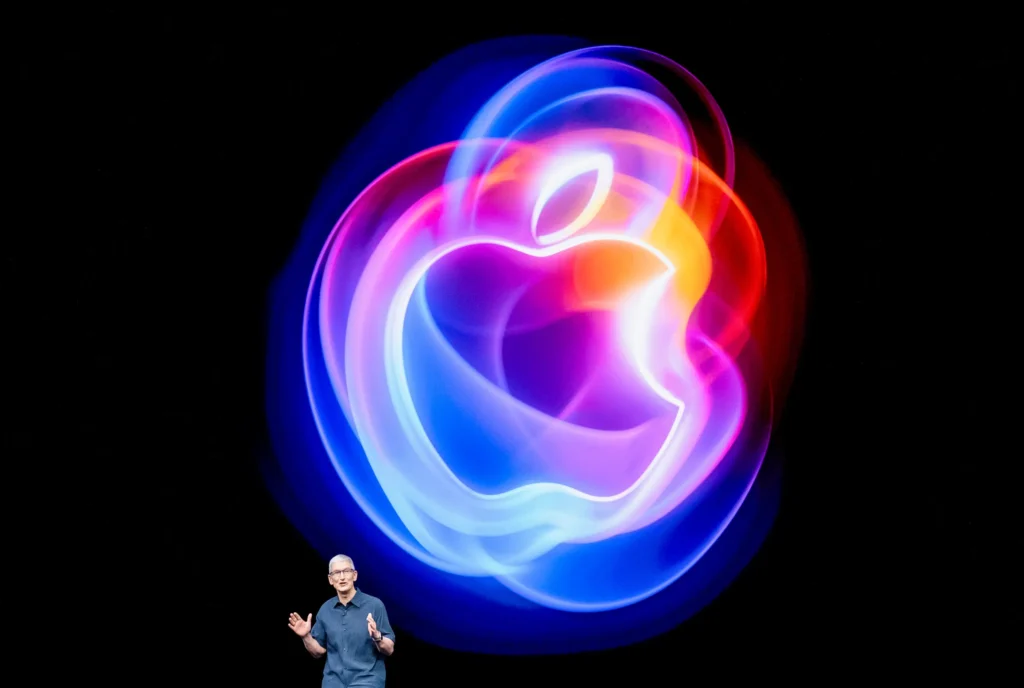Are you aware that fatty liver disease is becoming increasingly common worldwide? This silent condition can have serious consequences if left undetected. Fortunately, experts are now emphasizing the crucial role of ultrasound in early detection. Let’s delve into how this medical imaging technique can make a significant difference in identifying and managing fatty liver disease effectively.
What is Fatty Liver Disease?
Fatty liver disease, also known as hepatic steatosis, is a condition characterized by the accumulation of fat in the liver cells. This buildup can lead to inflammation and damage to the liver over time. There are two main types of fatty liver disease: alcoholic fatty liver disease caused by excessive alcohol consumption and non-alcoholic fatty liver disease (NAFLD) linked to factors like obesity, high cholesterol, and type 2 diabetes.
NAFLD is becoming more prevalent due to unhealthy lifestyles and poor dietary choices. The early stages of fatty liver disease may not present noticeable symptoms, making it crucial for early detection through medical imaging techniques like ultrasound. If left untreated, fatty liver disease can progress to more severe conditions such as fibrosis and cirrhosis. Understanding the basics of this condition is essential in taking proactive steps towards prevention and treatment strategies.
The Importance of Early Detection
Early detection of fatty liver disease is crucial for effective management. Detecting the condition in its early stages can help prevent further progression and complications. By identifying fatty liver disease early on, healthcare providers can implement appropriate treatment plans to improve outcomes.
In many cases, individuals with fatty liver disease may not experience noticeable symptoms in the initial stages. This makes regular screenings and diagnostic tests essential for early detection. Ultrasound imaging is a valuable tool that can provide detailed information about the health of the liver, aiding in the timely identification of fatty infiltration.
Educating patients about the importance of routine check-ups and screenings is key to detecting potential issues before they escalate. Being proactive about monitoring liver health through medical imaging techniques like ultrasound can significantly impact treatment success rates. Early intervention offers individuals a better chance at managing their condition effectively.
How Ultrasound Can Help with Early Detection
Ultrasound imaging is a non-invasive and painless procedure that plays a crucial role in the early detection of fatty liver disease. By using high-frequency sound waves to create images of the liver, ultrasound can help identify abnormalities in the organ’s size, texture, and overall condition.
One key advantage of ultrasound is its ability to detect fatty deposits in the liver at an early stage when other diagnostic tests may not be as sensitive. This allows healthcare providers to intervene promptly and implement appropriate treatment plans to prevent further progression of the disease.
Moreover, ultrasound is a cost-effective and widely available imaging technique that does not expose patients to ionizing radiation. It provides real-time images that enable physicians to assess liver health efficiently and accurately, making it an invaluable tool for monitoring changes in the liver over time.
In essence, ultrasound serves as a valuable tool in detecting fatty liver disease early on, empowering both healthcare professionals and patients with timely information for effective management strategies.
Risk Factors for Fatty Liver Disease
Fatty liver disease can develop due to various risk factors that contribute to its onset and progression. One of the primary risk factors is obesity, particularly excess abdominal fat. This can lead to a condition known as non-alcoholic fatty liver disease (NAFLD).
Other common risk factors include insulin resistance, type 2 diabetes, high cholesterol or triglyceride levels, and metabolic syndrome. Genetic predisposition also plays a role in some cases, with certain individuals being more susceptible to developing the disease.
Excessive alcohol consumption is another significant risk factor for alcoholic fatty liver disease (AFLD). Even moderate drinking over time can contribute to the accumulation of fat in the liver cells, leading to inflammation and damage.
It’s essential to be aware of these risk factors and take proactive steps towards prevention through lifestyle modifications such as maintaining a healthy weight, adopting a balanced diet low in saturated fats and sugars, staying physically active, and avoiding excessive alcohol intake.
Prevention and Treatment Options
Prevention is key when it comes to fatty liver disease. Making lifestyle changes can significantly reduce your risk of developing this condition. Maintaining a healthy weight through proper diet and regular exercise is crucial in preventing the buildup of fat in the liver.
Limiting alcohol consumption is also important as excessive drinking can contribute to the development of fatty liver disease. Avoiding sugary beverages and opting for water or herbal teas instead can help protect your liver health.
Incorporating foods rich in antioxidants, such as fruits, vegetables, and whole grains, into your diet can support liver function and decrease inflammation. Additionally, avoiding processed foods high in unhealthy fats and sugars can aid in preventing fatty liver disease.
Regular medical check-ups are essential for early detection and monitoring of any potential liver issues. Consulting with healthcare professionals for personalized prevention strategies tailored to your individual needs is vital for maintaining optimal liver health.
The Role of a Healthy Diet and Exercise
Maintaining a healthy diet and regular exercise routine plays a significant role in managing fatty liver disease. A diet rich in fruits, vegetables, whole grains, and lean proteins can help reduce fat buildup in the liver. Avoiding sugary beverages and processed foods is essential for liver health.
Incorporating physical activity into your daily routine can also aid in preventing and even reversing the effects of fatty liver disease. Exercise helps burn excess fat, improve insulin sensitivity, and promote overall well-being. Aim for at least 30 minutes of moderate exercise most days of the week.
By making lifestyle changes such as eating nutritious foods and staying active, you can support your liver health and reduce the risk of developing fatty liver disease. Remember that small steps towards a healthier lifestyle can have a big impact on your overall well-being.
Conclusion
Early detection of fatty liver disease is crucial for better treatment outcomes. Ultrasound imaging plays a vital role in identifying the condition at its onset, allowing for timely intervention. By understanding the risk factors, maintaining a healthy lifestyle, and seeking regular medical check-ups, individuals can take proactive steps towards preventing and managing fatty liver disease effectively. Remember, your health is your most valuable asset – prioritize it by staying informed and taking proactive measures to safeguard it.
To know more, go to www.qawire.com


